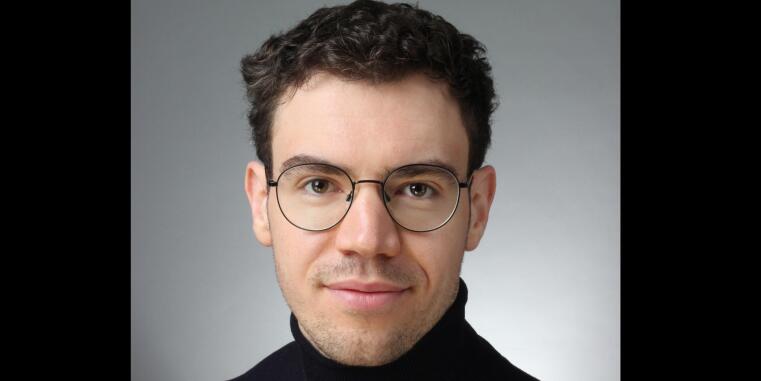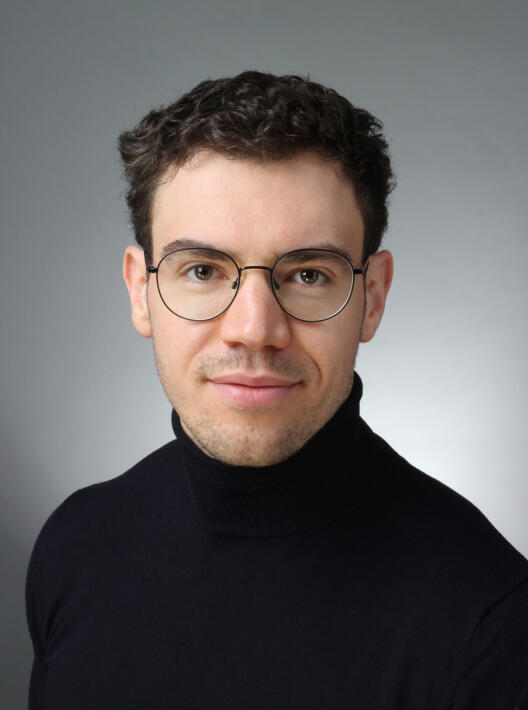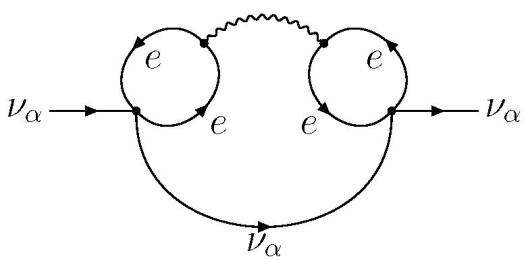

Publication by Prof. Dr. Michael Klasen and Dr. Tomas Jezo distinguished by Physics World as one of the "Breakthroughs of the Year 2024"

Researchers analyse binding of nucleons in atomic nuclei at the quark-gluon level for the first time / Bridge from nuclear to particle physics
In particle physics, quarks are known as the building blocks of nucleons – protons and neutrons – whose strong nuclear bonds are the product of gluons. How this force also indirectly holds nucleons together in atomic nuclei, however, is one of the most important questions in nuclear physics at present. Low-energy nuclear physics experiments have long demonstrated that the bound states of two nucleons play a special role in atomic nuclei. Now, a team from Europe and the USA led by Dr Tomáš Ježo and Prof Michael Klasen from the Institute of Theoretical Physics at the University of Münster has investigated these bound states at a higher resolution for the first time. To do this, they analysed particle physics data obtained at very high energies from the LHC particle accelerator at CERN in Geneva. These experiments are comparable to a microscopic examination. The higher the energy, the greater the resolution with which the nuclear building blocks can be analysed.
“To our surprise, despite the very different approaches, we found the same abundance of nucleon pairs as our colleagues had previously found at low energies,” says Tomáš Ježo. “Furthermore, we were able to show for the first time that quarks and gluons behave differently in these pairs than in free nucleons and also differently than previously expected in atomic nuclei. This has a decisive influence on our understanding of nuclear binding.” The study also shows that the abundance of pairs increases with nuclear mass and that proton-neutron pairs are particularly common.
For the study, the “parton model of quantum chromodynamics”, which mathematically describes the interactions in atomic nuclei, played a key role. The research team expanded on the model by integrating individual nucleons and pairs of correlated nucleons into the analyses for the first time. The results have been published in the journal Physical Review Letters.
Funding
The research project was financed by the German Research Foundation (DFG).
Original publication
Denniston A. W., Ježo T. et al. (2024): Modification of Quark-Gluon Distributions in Nuclei by Correlated Nucleon Pairs. Physical Review Letters 133, 152502; DOI: 10.1103/PhysRevLett.133.152502
Luca Wiggering receives the Infineon Dissertation Prize 2025

Physicist Dr Luca Wiggering has been awarded the Infineon Dissertation Prize 2025, endowed with 3,000 euros, for his doctoral thesis at the University of Münster. He completed his dissertation, which was graded ‘summa cum laude’, under the supervision of Prof Dr Michael Klasen at the Institute of Theoretical Physics and during a one-month research stay at UNSW Sydney, Australia.
In the first part of his work, Dr Wiggering investigated supersymmetric particles as an explanation for the well-established, but still mysterious dark matter. As an alternative, he looked at a simplified model with candidates that are lighter than the charged leptons known to us from the Standard Model. In the second part, he calculated the effective number of neutrino species in the early Universe with world-leading precision. On the one hand, this now serves as a further test of the standard cosmological model in future measurements and, on the other hand, also allows possible extensions of the Standard Model to be more precisely constrained, which e.g. attempt to explain the aforementioned dark matter or resolve the current discrepancy between various measurements of the Hubble constant.
Dr Wiggering's research results, which have already been cited many times, were obtained as part of the DFG-funded Research Training Group "Strong and Weak Interaction - from Hadrons to Dark Matter". They led to a total of five publications in highly respected journals such as the "Journal of Cosmology and Astroparticle Physics" and two further peer-reviewed conference papers.
The award ceremony will take place on Friday, 31 January 2025 during the graduation ceremony of the Department of Physics.

Universe's most energetic particles reviewed at GRK 2149 closing event

On January 9, 2025, the Research Training Group 2149 "Strong and weak interactions - from hadrons to dark matter" celebrated nine years of successful education of PhD students with a closing ceremony. "In total 39 PhD students and 10 transition postdocs were generously funded by the DFG," said Prof. C. Weinheimer, spokesperson of the first funding period.
"In addition, 23 PhD students were funded from other sources." Prof. M. Klasen, spokesperson of the second funding period, added: "20 of our PhD students continued their academic careers as postdocs at highly prestigious places such as CERN or Stanford University."
The event began with review of the Universe's most energetic particles by Prof. K.H. Kampert from the University of Wuppertal, a Münster alumnus, longtime spokesperson of the Pierre Auger observatory and member of the RTG advisory board, and continued with a party organized by the PhD students.

